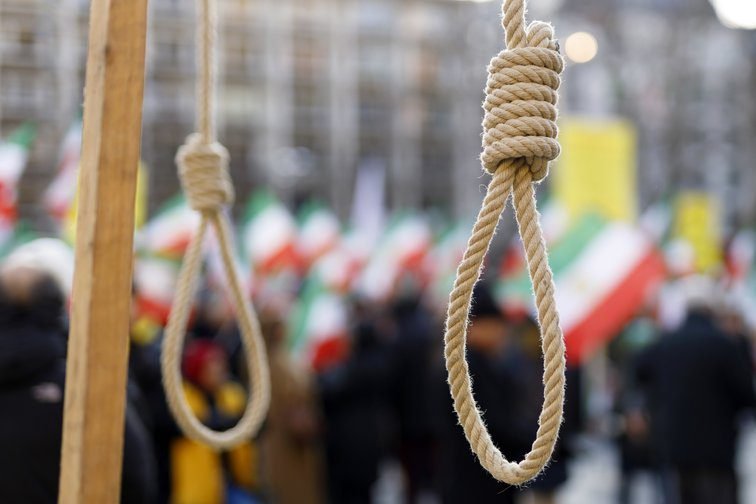Number of Executions in Iran Surpasses 1,000 in Nine Months, Setting New Record

The number of executions in Iran has reached at least 1,002 in the first nine months of 2025, according to the Hengaw Human Rights Organization. Of this total, approximately 148, or 15%, were ethnically Kurdish, a proportion slightly above the estimated Kurdish share of Iran’s population.
Context: This marks the highest execution rate recorded in at least two decades. For comparison, 904 people were executed in all of 2024. Since the 12-day Iran-Israel war began in June 2025, at least 404 people—40% of the total—have been executed. Despite this surge amid heightened tensions, officially drug-related charges remain the primary justification, accounting for 495 executions or nearly 50% of the total. Murder charges led to 441 executions, while political charges accounted for 16 cases and religious or sectarian charges for another 17.
Analysis: Two trends stand out. First, the increase in executions was anticipated amid the war and may accelerate further with the return of snapback sanctions, which will compound Iran’s economic challenges. In such circumstances, repression becomes a critical instrument for regime stability. The pattern suggests executions may continue rising as internal pressures mount. Second, despite the war, where alleged Mossad collaborators played a notable role, most executions remain tied to drug and murder charges. A possible explanation is that many suspected collaborators are being kept alive in detention, as the authorities seek to extract intelligence before deciding their fate.
Iran Executions in 2025
First 9 months (January - September 2025)
Source: Hengaw Human Rights Organization | The National Context
The ethnic breakdown of executions is also revealing. Kurds, who make up around 15% of those executed, are broadly in line with their estimated 10–15% share of Iran’s population. This is notable given that Iranian Kurds are among the country’s most politically organized groups, with a long history of civic mobilization and armed activism. By contrast, the Baluch—just 3–5% of the population—account for 11.5% of executions, more than double their demographic weight. Meanwhile, Azeris, Arabs, and Persians, who are predominantly Shi’a, are executed at lower rates relative to their share of the population.
These patterns highlight the intersection of repression, ethnicity, and politics in Iran at a time when the regime’s future is uncertain. With the prospect of renewed conflict with Israel and ongoing uncertainty about the regime’s stability, the ethnic composition of repression may influence the country’s trajectory. The disproportionate targeting of certain ethnic minorities could affect national cohesion and the viability of Iran as a unified state in any potential transition scenario. This makes the execution data not merely a human rights concern, but a potential indicator of deeper fractures within the Iranian state structure.









